 CHEMISTS EXPAND INTO NORTHWEST CORNER BUILDING
CHEMISTS EXPAND INTO NORTHWEST CORNER BUILDING

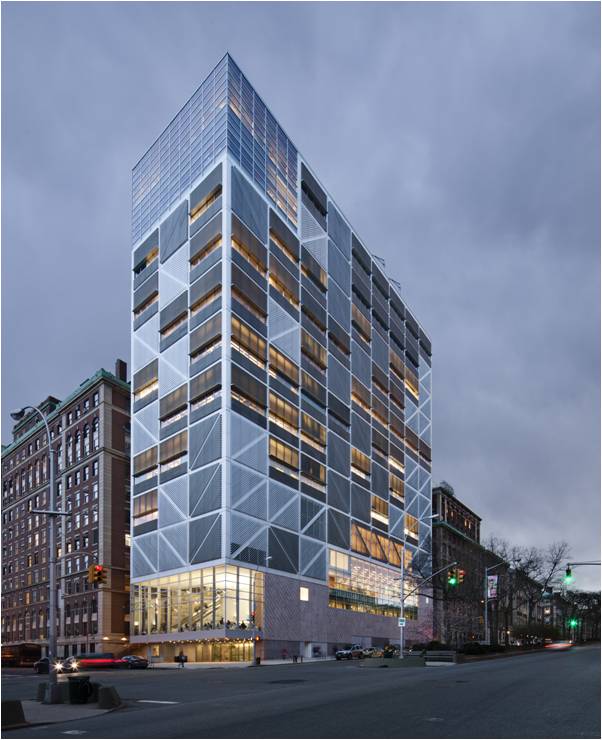
Most of us think of Havemeyer and Chandler when we think of the Columbia Chemistry Department. That’s not surprising, considering that Havemeyer Hall has been the home to our department since 1898 and Chandler Hall since 1928.
Now, however, the chemistry department also has labs in the brand new Northwest Corner Building (NWC), shown in the figure at the left (reprinted with permission from CU Capital Projects; photo taken by Michael Moran). The NWC building is located on the corner of 120th Street, just a short way up Broadway from Havemeyer and Chandler. Currently, four chemistry faculty have established their labs in the NWC – new Assistant Professors Wei Min and Luis Campos, Helena Rubenstein Professor of Chemistry, Virginia Cornish, and Associate Professor Brent Stockwell, who holds a joint appointment in chemistry and biology. These four “pioneers” will be followed shortly by new faculty hire Professor Xiaoyang Zhu, who joined the department in January following his move here from the University of Texas at Austin.
Conceived as an interdisciplinary science building that brings chemists, biologists, engineers, and physicists under one roof to facilitate the exchange of ideas and collaborations, the 188,000 sq-ft Northwest Corner building has space for 21 laboratories and associated offices, conference rooms, classrooms, and lecture halls. Currently, 14 of the labs are occupied and the rest are expected to fill with new hires and moves of existing labs over the next few years.
 CUTTING EDGE RESEARCH CUTTING EDGE RESEARCH
The chemistry faculty currently occupying NWC are engaged in exciting and diverse research programs that overlap nanotechnology, synthetic biology, and physical chemistry. Here are some brief biographies of the faculty currently in NWC and descriptions of their research programs. More information about Professor Xiaoyang Zhu is in a separate newsletter article.
 LUIS CAMPOS LUIS CAMPOS
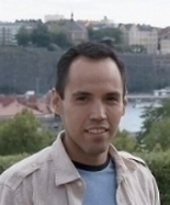
Controlling the self-assembly of materials into well-defined nanostructures is the focus of the exciting research program led by new faculty member Luis Campos. The Campos group is developing a fundamental understanding of the factors that control the assembly of functional polymeric materials and exploiting them for a wide range of applications – solar cells, tissue engineering, and drug delivery, among others. Their lab on the 13th floor of the new Northwest Corner Building is perfectly situated to facilitate collaborative interactions with research groups in physics, biology, and engineering. The Campos group is composed of highly talented and diverse undergraduate students, graduate students, postdocs, and visiting scientists, including group members who have received very competitive national and international awards. Professor Campos joined the Columbia faculty in the spring of 2011 following his postdoctoral training at UC Santa Barbara and graduate studies at UCLA. His teaching at Columbia has included a graduate course about polymers in nanotechnology and the undergraduate organic chemistry course. (For more information about the Campos research group and to check out the undergraduate student music videos in Luis’s organic chemistry course CHEM 3443 visit the Campos group website.
 WEI MIN WEI MIN
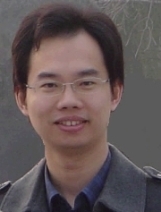
Observing the structure, dynamics, and functions of biological processes inside live cells and organisms has been an elusive goal of scientific researchers. Advances in optical imaging techniques have revolutionized our ability to probe the microscopic world; however, several fundamental challenges still remain, such as how to probe activities deep inside live animals, how to study non-fluorescent small biomolecules, and how to obtain molecular-resolution images. That may now be changing with the novel microscopy techniques being developed in the laboratory of new faculty member Wei Min. The principles of these techniques are based on powerful nonlinear optical spectroscopy and the versatile photophysical nature of imaging probes. Dr. Min joined the chemistry faculty in the fall of 2010. He received his B.S. at Peking University and his Ph.D. from Harvard University in 2008. His group currently consists of seven postdoc’s and graduate students. The Min lab is situated on the 9th floor of the new Northwest Corner Building, a location that facilitates collaborations with researchers in physics, biology, and engineering. You can learn more about the activities of the Min group on their group website.
 VIRGINIA CORNISH VIRGINIA CORNISH
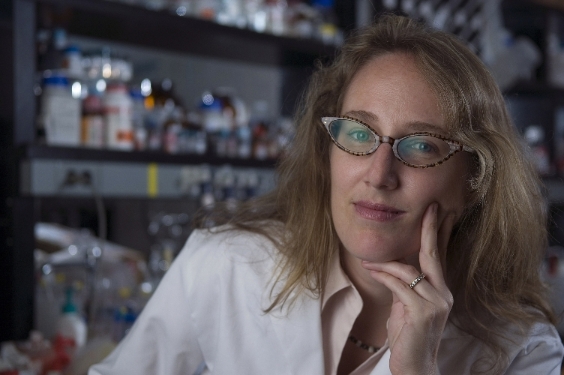
The Northwest Corner Building, with its opportunities for collaboration with researchers in physics, biology, and engineering, is an ideal location for the exciting chemical and synthetic biology research program of Professor Virginia Cornish. She works at the interface of chemistry and biology, bringing together modern methods in synthetic chemistry and DNA technology to expand the synthetic capabilities of living cells. Her laboratory is building new technologies for carrying out the mutagenesis and selection steps of directed evolution directly in yeast. They are using these technologies to engineer cellulase enzymes, antibodies, imaging tools, and yeast biosensors among other applications. Professor Cornish was an undergraduate at Columbia and returned to Columbia’s faculty in 1999 following post-doctoral research in the Biology Department at MIT and graduate work in Chemistry at UC Berkeley. She is the recipient of numerous awards, grants, and fellowships and is the author of over 60 publications and patents. The Cornish group currently consists of over twenty post-doc’s, grad students, undergraduates, and research technicians. You can learn more about the activities of the Cornish group on their group website.
 BRENT R. STOCKWELL BRENT R. STOCKWELL
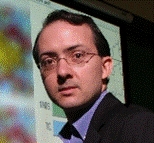
Research in Professor Brent Stockwell’s group occurs at the interface of chemistry and biology. The Northwest Corner building, with its mix of chemistry, biology, physics, and engineering groups, is therefore the ideal home for the Stockwell lab. Situated on the 12th floor, adjacent to the lab of Professor Virginia Cornish, the Stockwell lab combines chemical design and synthesis with genomics, biochemistry, and cell biology, to create small molecules that can be effective as anti-tumor agents, as cell-death regulators, and as agents that target currently “undruggable” proteins. Dr. Stockwell, who joined the Columbia faculty in 2004, is the author of over 60 scientific publications and 10 issued US patents and has received many awards, grants, and fellowships. His first book, The Quest for the Cure, is a synopsis of past, current, and future efforts to synthesize new and more powerful disease-fighting agents and was published in June of 2011. Prior to joining Columbia, he was a Fellow at the Whitehead Institute for Biomedical Research at MIT where he directed his own laboratory. The Stockwell lab currently has sixteen members in addition to Brent. You can learn more about the activities of the Stockwell group on their website.

|

